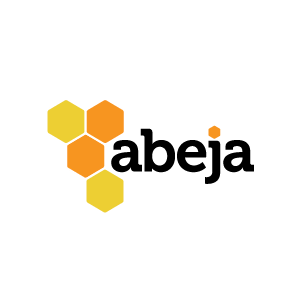Our Most Popular Fundraising Tool in 2019
Use This Basic Fundraising Plan to Set Realistic Goals
What the executive director said made me want to give her a hug. She told me that her board chair decided that this time-starved nonprofit would soon be hosting a gala.
Now when done at the right time and in the right way, galas can make money. They’re one of several traditional fundraising tactics that make up over 90 percent of all giving.
But in this case, this huge event would somehow be organized by a tiny team that was still working on the basics. That is, connecting regularly with existing donors through email, donation letters and web.
It wasn’t their fault. These dedicated folks were doing all they could to keep up with the frequent staff turnover and strategy shifts. On our Fundraising Maturity Self-Audit, the nonprofit had never quite reached level 2. Their fundraising staff was also their day-to-day operations staff.
And now they had to create a gala business plan, attract just the right sponsors, and execute consistent, multi-channel communications before, during and after the event.
Document your fundraising plan
As a consultant, I can’t march into a board meeting without an invitation. But if I did get one, I would urge that board member to use this basic fundraising plan template to help set and achieve realistic goals.
Hundreds of nonprofits have downloaded this simple fundraising plan over the last year alone. That’s because it can take you from “I somehow have to raise $X,XXX,XXX!” to “I have a plan – and it has well-defined, manageable tasks.”
Use data to weight activities
You’ll note we organized the plan according to industry benchmarks. Individual giving appears first in Column A because those donors account for 67 percent of all charitable giving. And that number goes up to 76 percent with bequests.
These folks also tend to be more faithful givers over time than foundations or corporations. That’s especially true if you have a donor retention program in place. Logically, you’d want to spend more of your time and money on the most profitable activities.
Set achievable goals
The next few columns will challenge you to get specific about tasks, income, expenses and deadlines. Use your own response data if you have it. Our team can help you make sense of the numbers in your donor database, email client, and more!
But if you don’t have access to your own response data, you can find benchmarks and links to the latest industry reports in this blog.
Gut check with column H
For my money, the best part of this simple fundraising plan template is column H. It recognizes that fundraising is a team sport and that while one person may be responsible for it – everyone at a nonprofit must play a role for fundraising to succeed. And that culture of philanthropy begins with the board.
If column G is only one or two people and you’re struggling to fill column H, then maybe think about doing less better next year. (Some friend-raising events at board members’ houses vs. a gala, for example.) Or keep the things you know you do well and outsource the rest to a specialist like Abeja.
We’d be happy to talk with you about what makes sense for your individual giving program in 2020 – and refer you to other experts who specialize in things like grant writing and board development.
The important thing is that you start 2020 with a basic fundraising plan that’s documented, realistic and ready for success.

